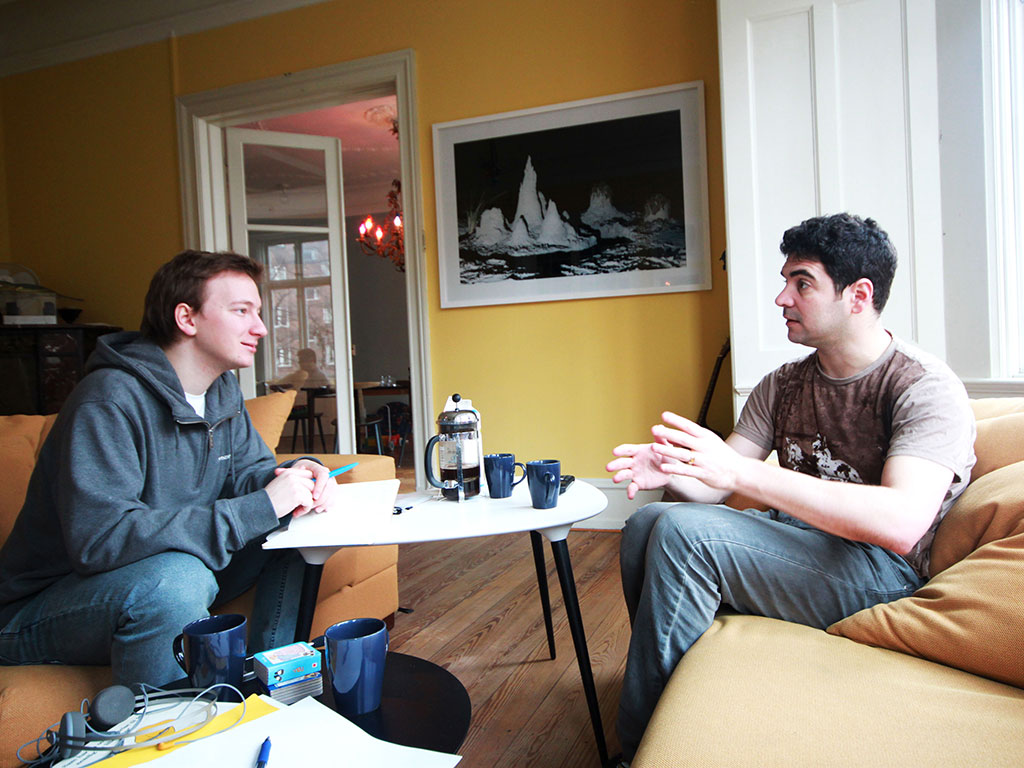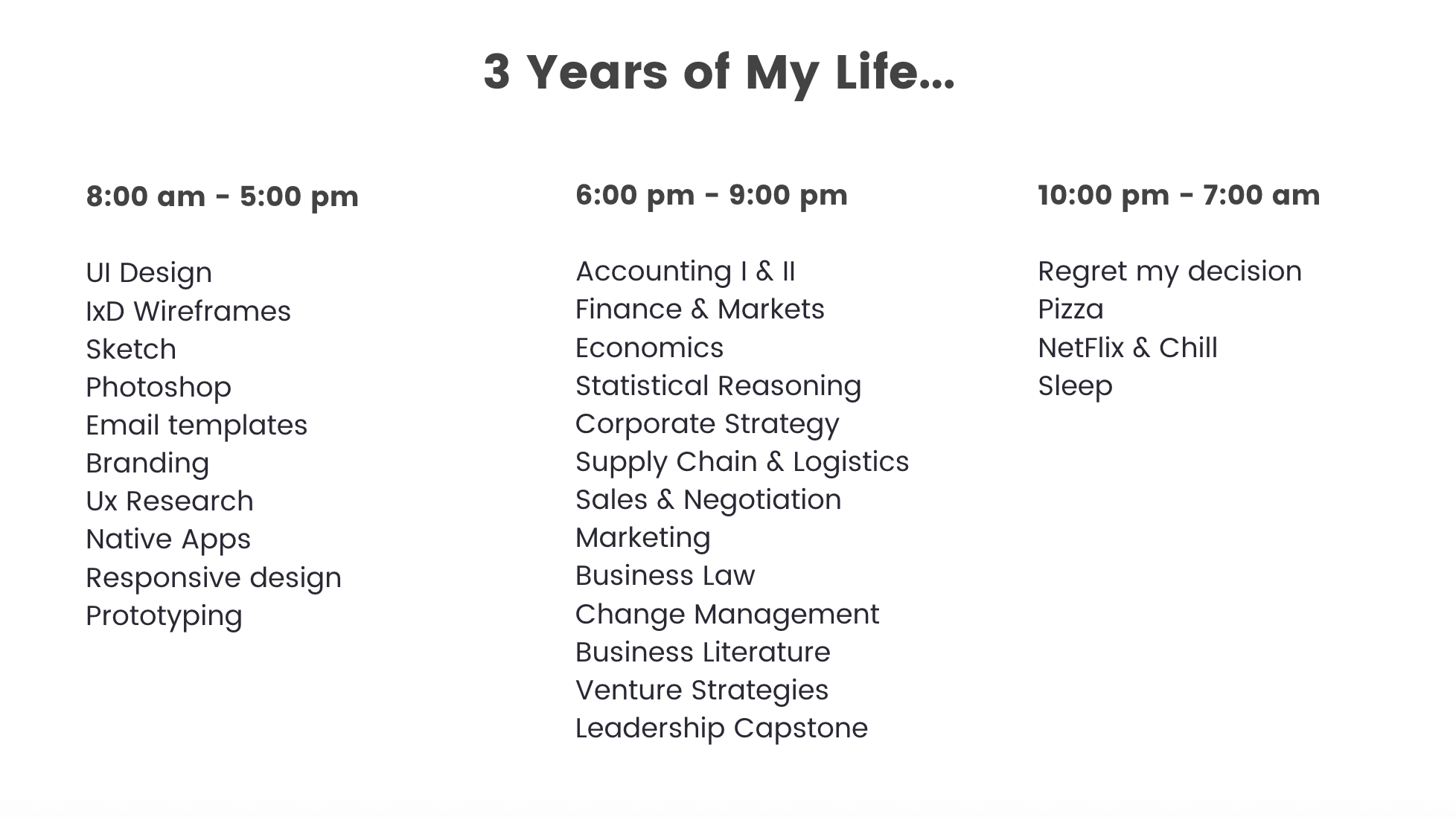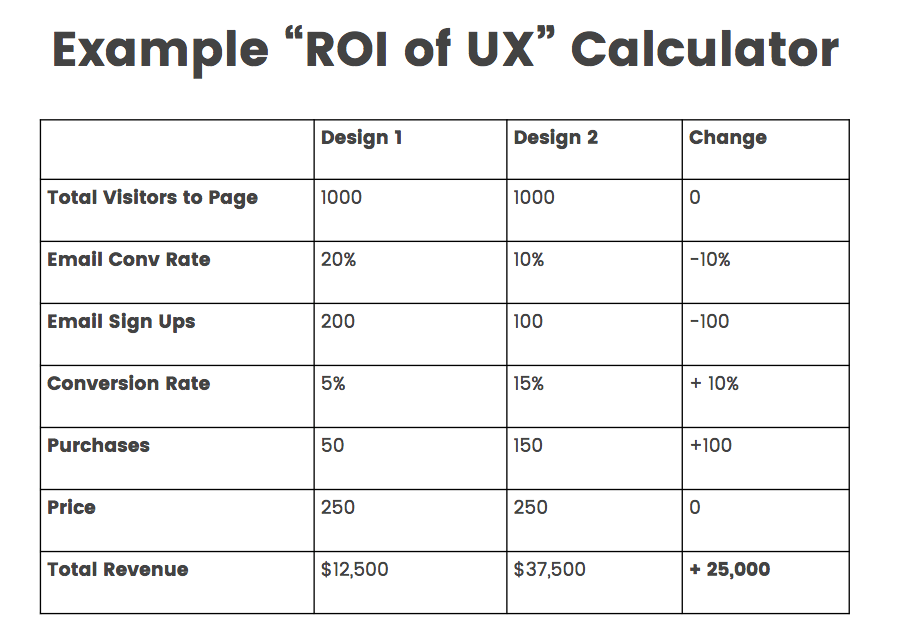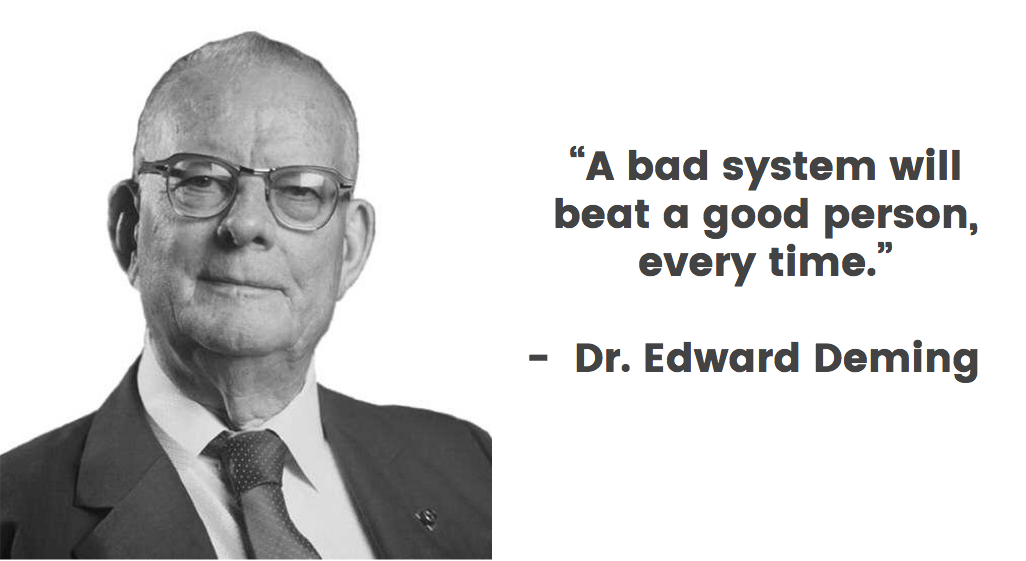What Happens When A Designer Goes To Business School. If great design can imbue customers with trust, why are designers so removed from product management and the larger business strategy? As a VP of UX with an MBA, I strive to bring both worlds together to create a new model in which user experience and design align with overall business strategy and company vision to drive increased revenue and customer engagement.

A Seat At The Desk
As the Internet became commercially viable, “first to market” generally prevailed as a dominant corporate strategy. However, as technology has become more open and reusable, product differentiation is now a proven strategic blueprint. This tectonic shift has been a boon for the design discipline. Consequently, design has gotten the proverbial “seat at the table” and is now expected to be a driving, strategic function.
For designers, this is a celebrated, exciting advancement, yet it has also exposed a severe skills gap. Specifically, design leaders are being thrust into overarching, cross-functional executive positions, with little to no formal training in business or strategy skills.
Consider the context: Most BFA and MFA programs don’t cover traditional business skills, and companies certainly aren’t investing in cross-functional training for creative professionals. The resulting condition is tragic: Design teams and leaders are not set up for success and, subsequently, are unable to deliver, thus relegating the collective back to a service function.
I’ve experienced this first-hand. I unexpectedly found myself in boardrooms and strategy sessions armed with nothing more than Photoshop and front-end programming competencies. I knew the value of design work but simply couldn’t articulate it in a convincing and relatable form to a corporate audience.
Designer Goes To Business School
Out of frustration, I formulated a hypothesis: If I were educated in core business skills, I could shift myself (and design teams) from a service to a highly strategic functional asset, driving larger organizational direction.
Very soon, I found a workable solution: a part-time MBA program where I would study and learn actionable skills of business frameworks and best practices of management. So, for just over three years, I was a senior user experience designer by day and an MBA student by night.
Though I studied many illuminating topics (economics, financial accounting, business law, supply-chain management, corporate ethics) as they relate to design, three particular areas of study were highly impactful: statistical analysis, competitive strategy and organizational management. These subjects were most impactful because, to be candid, I had never studied or considered them at depth professionally. Yet, the more I learned, the greater the impact these courses had on my professional development and approach to design.

A Bit Of Math Goes A Long Way
When it came to statistical analysis, as a creative professional, I had an adverse physical reaction to the very idea of spending four months pouring over Excel spreadsheets. In fact, I had done just about everything possible to avoid “math” during my academic and professional career. I was guilty, like so many, of being stuck in the construct of a left-brain and right-brain duality.
It was surprising to me that my first weeks in statistics had very little to do with mathematical calculations, but rather, with theory. I learned that statistics actually rest upon a singular premise: ratios. If you boil down ratios to their core, it’s basic: X ÷ Y = Z. Simply, you take two forces, stack them against each other, and you achieve an output that is influenced against both forces.
Surprisingly, as a designer, the concepts and application of ratios were very familiar to me. I had comfortably worked with ratios in everyday design tasks (grids, padding, aspect ratios) throughout my career.
As I progressed through the course, week after week, I waded through increasingly complex financial models that leverage statistics. Over time, this repetition built up a muscle, and without even thinking about it, I found myself toying with basic statistical models to help guide my design decisions.
Normally, as a designer, I’d go through my design process (competitive auditing, high-level concepts, interactive wireframes, visual design, usability testing), and leave it to the business unit to figure out the impact on our company and users. Armed with this new statistical skill set, I was able to incorporate business thinking in my design process as an early step.
A Quick Example
Let’s consider a simple redesign of a home page. For many designers, this can be very challenging because there are so many competing priorities: search functionality, email registration, illustration of the brand’s value, testimonials, etc.
Prior to using statistical analysis, I’d just try to find a design that represented a compromise for all use cases and moved on. Now, I’ve been able to step back and use statistics to help prioritize my layout. Rather than “just” designing a variant or two, I’m able to provide a thoughtful overview of the revenue impact correlated to my design decisions.
Let’s take a hypothetical example. In a first pass of a design, the layout would prioritize email registration as the primary action for a user. Consequently, this would have the immediate impact of fewer orders. Using standard Google Analytics, I was able to show the potential revenue ripple effects of that approach.
Conversely, for a second pass at the design, my layout would feature a search bar. Of course, this would lead to a decrease in email registrations but would also lift the number of immediate orders, as well as conversions (users would convert better because they found more relevant results).

This is a basic application of a statistical model, but as it scales, it becomes even more powerful for larger design initiatives (launch of an app, new product offering, new checkout page, e-commerce feature, brand campaign). What’s more, the model becomes more specific and predictive the more it’s used.
As I progressed, I was able to genuinely factor in cost reduction as a critical variable into my models. Consider a chatbot that can easily answer questions for a customer; that feature cuts down on call-center operations, thus reducing a cost driver to the business. Or consider an engaging feed, constantly being populated by fresh content; this boosts organic repeat visits, reducing pricey SEO spend. Of course, raw revenue generation will always be a key driver for business, but as designers, our work actually has a profound impact on cost reduction for the company. This type of analysis gave financial credibility to design-led projects that would have previously been considered “non-revenue generating.”
In all, once I was able to build this sort of analysis into my design practice, more and more of my initiatives got investment. It became formulaic. I would not only present a jaw-dropping, visually striking design prototype that solved actual customer problems, but would also offer precise measurement and financial gains (or savings) to the company.
Build Your Moat
Even armed with statistical analysis, I still struggled with the ask to be more “strategic.” But, to be honest, I had no idea what that really meant. How does one actually be strategic? Is it planning? Is it innovation?
In my study of competitive strategies, I read extensively about strategic frameworks to help guide decision-making. In particular, we spent a great deal of time understanding the work of Michael Porter, who is basically the Jony Ive of business thinking.
Porter constructed a simple yet far-reaching structure to guide corporate decision-making (The Economist has a good summary). It all rests on the premise of achieving an enduring advantage over your competitors (Warren Buffett calls it the moat).
To summarize, Porter defines the two ways in which an organization can achieve competitive advantage over its rivals: cost advantage and differentiation advantage. In short, to stand apart, you can either have a very different offering or win on price. (Mind Tools has more on this.) If executed correctly, the business will have achieved a competitive advantage over its competitors.

Management Is Highly Underrated
Designers are natural optimists. Where others see disorganization, designers see the prospect of beauty. Where others wish to cut corners, designers take pride in completeness and quality. Moreover, designers are problem solvers, collaborators and, yes, a bit eccentric, too! We are the people who are wanted — who are needed — to be constant, positive creative, cultural and strategic forces within companies.
However, I would argue that while we can be epicenters of culture and innovation, our discipline hasn’t devoted much attention to successful management of our organizations. Far too often, we manage work, not the individual or the collective.

For me, a breakthrough in thinking about how to structure design departments was found in the work of Edward Deming, often referred to as the father of quality.
Deming, an academic who was brought to Japan in the 1950s following World War II, is credited with being a leading figure in post-war Japan’s economic rise. Deming based his entire business philosophy on an ideal of cooperation and complete employee fulfillment. Much of his experience and life work were codified in his brilliant 14 points.
To me, these 14 points are an exact blueprint for how to build and scale a thriving design organization. I encourage every reader to share these with their teams and to ask for a grade on each point. I promise that you’ll find immediate areas of opportunity. If you commit to the changes, you will have all the guidance needed to build a connected, high-morale and thriving organization.
I would like to leave you with Deming’s final point, point 14: “Put everybody in the company to work to accomplish the transformation. The transformation is everybody’s job.”
To me, this point — and my entire MBA experience — reaffirmed that the foundation of design thinking, customer empathy and long-term vision is, in fact, the foundation of an enduring corporate strategy. Far too often in today’s economy, strategy is subject to the whims of short-term gains, which, over time, comes back to haunt company and consumer alike. Or, inversely, as the adage goes, if you solve your customer’s problems, they’ll solve your business problems.
I’ll end with this: Invest in yourself. Invest in learning new skills. Invest in your design team. When you do, you’ll see great returns for yourself, the team, the customer and the business.